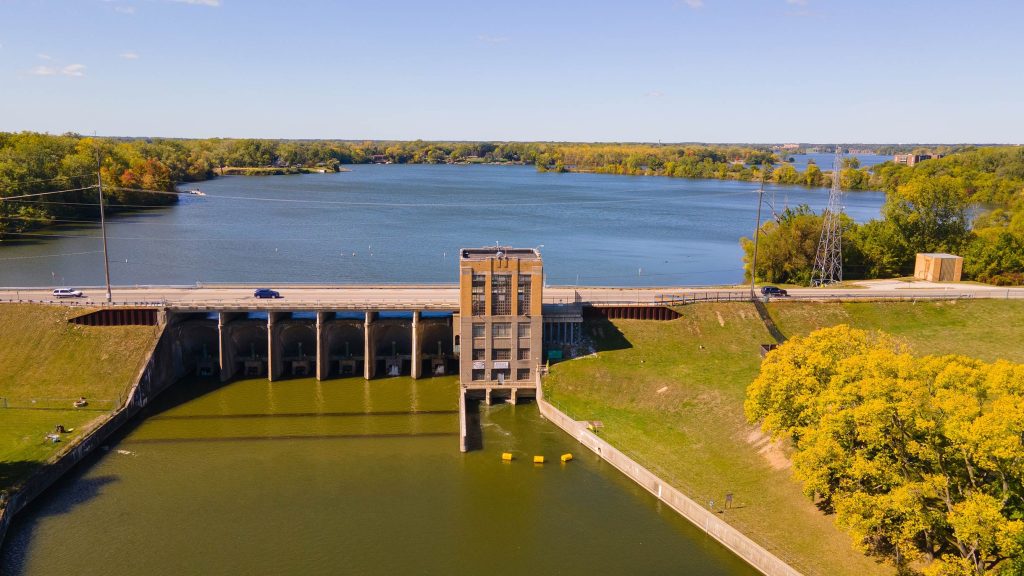Case Studies
Ypsilanti Township Dam | Radar vs Submersible
Measuring the river level downstream of a dam is critical. If the river levels downstream rise too high, then there’s a risk of flooding for the residents living in nearby areas. At Automation Products Group, Inc. (APG), we’re no strangers to liquid level measurements and our industrial level sensors help with monitoring flood risks. Our TRUE ECHO® CR-L liquid level radar sensor helped out the Ypsilanti Township Dam in Michigan with their challenge.
Challenges: An Invasive Species
Previously, a submersible pressure transducer took the river’s level reading and provided data based on the pressure reading taken from the bottom of the river. But something else also lurks along the bottom of the river: zebra mussels.
Zebra mussels are an invasive species that firmly attach themselves to whatever underwater surface they please. They clog pipes, disrupt water intake systems, and overwhelm submersible pressure transducers. These mussels are incredibly difficult to remove once established. As the zebra mussels attached themselves to the submersible pressure transducer, they eventually covered the entire sensor. This caused the sensor to issue faulty signals and made it unreliable once smothered by the mussels. Every six months, the submersible pressure transducer was pulled out of the water, overwhelmed by zebra mussels, and a new, clean sensor was put in as a replacement. This led to increased costs with repeated purchases of submersible pressure transducers.
The faulty signals of the submersible pressure transducer led to further problems. The sensor would issue false high-level readings. All information from the sensor was sent to a Programmable Logic Controller (PLC) that notified local first responders if the water level rose too quickly. The PLC had no way to differentiate between accurate readings and false readings. If the river level rose too high, it indicated major flood risk, and triggered evacuation orders which forced residents to leave their homes. Accurate readings from the sensor were critical when false readings led to such major disruption.

Solution: The Switch to Radar
The owners of the Ypsilanti Township Dam needed a more practical solution when it came to monitoring the levels of the river downstream of the dam, rather than just placing in more submersible pressure transducers to the mercy of zebra mussel growth. They needed a sensor that could monitor the levels of the river without coming into contact with the water and risk getting covered in zebra mussels.
The Ypsilanti Township Dam utilized a TRUE ECHO CR-L liquid level radar sensor from APG. Radar level sensors emit low-energy, high-frequency electromagnetic waves that hit the surface of the target and reflect back to the sensor. The sensor then calculates the level based on the time difference between the waves sent and the waves reflected. Radar level sensors are known for their accuracy, which is exactly what the Ypsilanti Township Dam needed to monitor the river levels. The CR-L TRUE ECHO radar measured the water’s level safely above the surface, preventing zebra mussels from growing on the sensor.
Results
The CR-L TRUE ECHO radar was successfully implemented into measurement operations, providing accurate readings free from zebra mussel interference. The local authorities were now only alerted when the river level was rising too high instead of dealing with false alarms over faulty readings. With the reliability of the CR-L TRUE ECHO radar, the Ypsilanti Township Dam no longer needed more submersible pressure transducers, saving time and money.
WRITTEN BY

Sami T.
Sami Thompson is APG’s Marketing Technical Writer and has been with the company since 2022. With a master’s degree in English from Utah State University and a 40-page thesis publication under her belt, Sami has a demonstrated strong writing background. In her free time, Sami enjoys reading and birdwatching.


